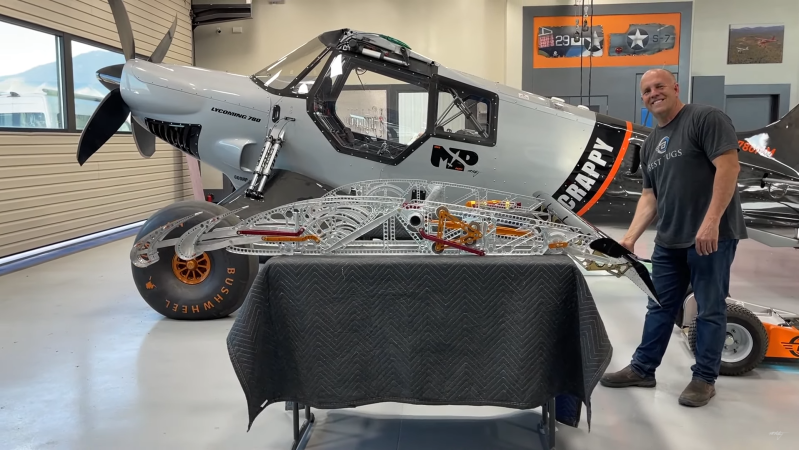
[Mike Patey] had made a name for himself by building high-performance experimental aircraft. In his latest project, he added a transforming wing that can extend its chord by up to 16 inches for low speed and high angle of attack performance.
The aircraft in question, a bush plane named Scrappy, has been attracting attention long before [Mike] even started building the wings. Designed for extremely short take-off and landing (STOL) performance, only some sections of the fuselage frame remain from the original Carbon Cub kit. The wings are custom designed and feature double slats on the leading edge, combined with large flaps and drooping ailerons on the trailing edge. The slats form an almost seamless part of the wing for normal flying, but can expand using a series of linkages integrated into each precision machine wing rib. Making extensive use of CFD simulations, the slats were designed to keep the center-of-lift close to the center of the wing, even with 50 degrees of flaps. Without the slats, the pilot would need to use almost all the elevator authority to counteract the flaps and keep the aircraft’s nose up.
Leading-edge slats have been around since before WW2, but you don’t see them used in pairs like this. Aircraft like Scrappy will never be commercially viable, but innovation by people like [Mike] drives aviation forward. [Mike]’s previous project plane, Draco, was a large turboprop bush plane built around a PZL-104 Wilga. Sadly it was destroyed during an ill-considered take-off in 2019, but [Mike] is already planning its successor, Draco-X.
0 Commentaires